
Blairstown is a city in Benton County, Iowa, United States. The population was 713 at the 2020 census. It is part of the Cedar Rapids Metropolitan Statistical Area.

Mount Auburn is a city in Benton County, Iowa, United States. The population was 162 at the time of the 2020 census. It is part of the Cedar Rapids Metropolitan Statistical Area.
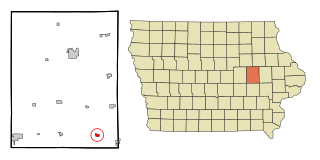
Norway is a city in Benton County, Iowa, United States. The population was 466 at the time of the 2020 census. The city is approximately 17 miles (27 km) southwest of downtown Cedar Rapids. It is part of the Cedar Rapids Metropolitan Statistical Area. Norway is the setting of the movie The Final Season.

Rowley is a city in Buchanan County, Iowa, United States. The population was 270 at the time of the 2020 census.
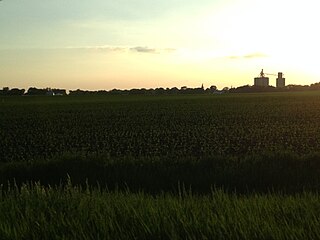
Somers is a city in Calhoun County, Iowa, United States. The population was 128 at the time of the 2020 census.

Durant is a city in Cedar, Muscatine, and Scott counties in the U.S. state of Iowa. The population was 1,871 at the time of the 2020 census.

Lowden is a city in Cedar County, Iowa, United States. The population was 807 at the time of the 2020 census.

Mechanicsville is a city in Cedar County, Iowa, United States. The population was 1,020 at the time of the 2020 census.

Stanwood is a city in Cedar County, Iowa, United States. The population was 637 at the time of the 2020 census.

Tipton (/ˈtɪptən/) is a city in Cedar County, Iowa, United States. The population was 3,149 at the time of the 2020 census. It is the county seat of Cedar County.

Randalia is a city in Fayette County, Iowa, United States. The population was 51 at the time of the 2020 census.

Solon is a city located in Johnson County, Iowa, United States. Part of the Iowa City, Iowa Metropolitan Statistical Area, it is located a few miles from Lake MacBride State Park and the larger cities of Coralville and Iowa City. The population was 3,018 at the time of the 2020 census.

Wyoming is a city in Jones County, Iowa, United States. The population was 523 at the time of the 2020 census. It is part of the Cedar Rapids Metropolitan Statistical Area.

Keswick is a city in Keokuk County, Iowa, United States. The population was 242 at the time of the 2020 census.

Palo is a city in Linn County, Iowa, United States. The population was 1,407 at the time of the 2020 census. It is part of the Cedar Rapids Metropolitan Statistical Area.

Prairieburg is a city in Linn County, Iowa, United States. The population was 160 at the time of the 2020 census. It is part of the Cedar Rapids Metropolitan Statistical Area.

Robins is a city in Linn County, Iowa, United States. The population was 3,353 at the time of the 2020 census. It is a suburb of Cedar Rapids and part of the Cedar Rapids Metropolitan Statistical Area.
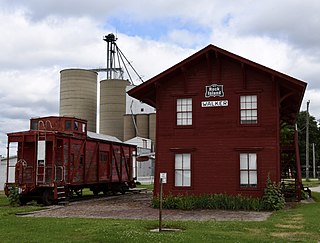
Walker is a city in Linn County, Iowa. The population was 688 at the 2020 census. It is part of the Cedar Rapids, Iowa metropolitan area.
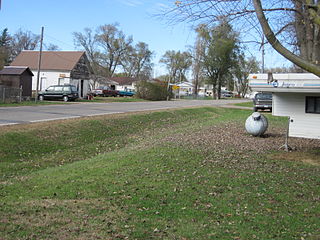
Fredonia is a city in Louisa County, Iowa, United States. The population was 222 at the time of the 2020 census. It is part of the Muscatine Micropolitan Statistical Area.
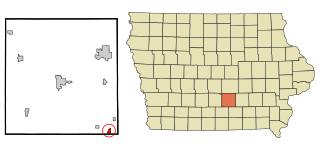
Hamilton is a city in Marion County, Iowa, United States. The population was 119 at the time of the 2020 census.






















